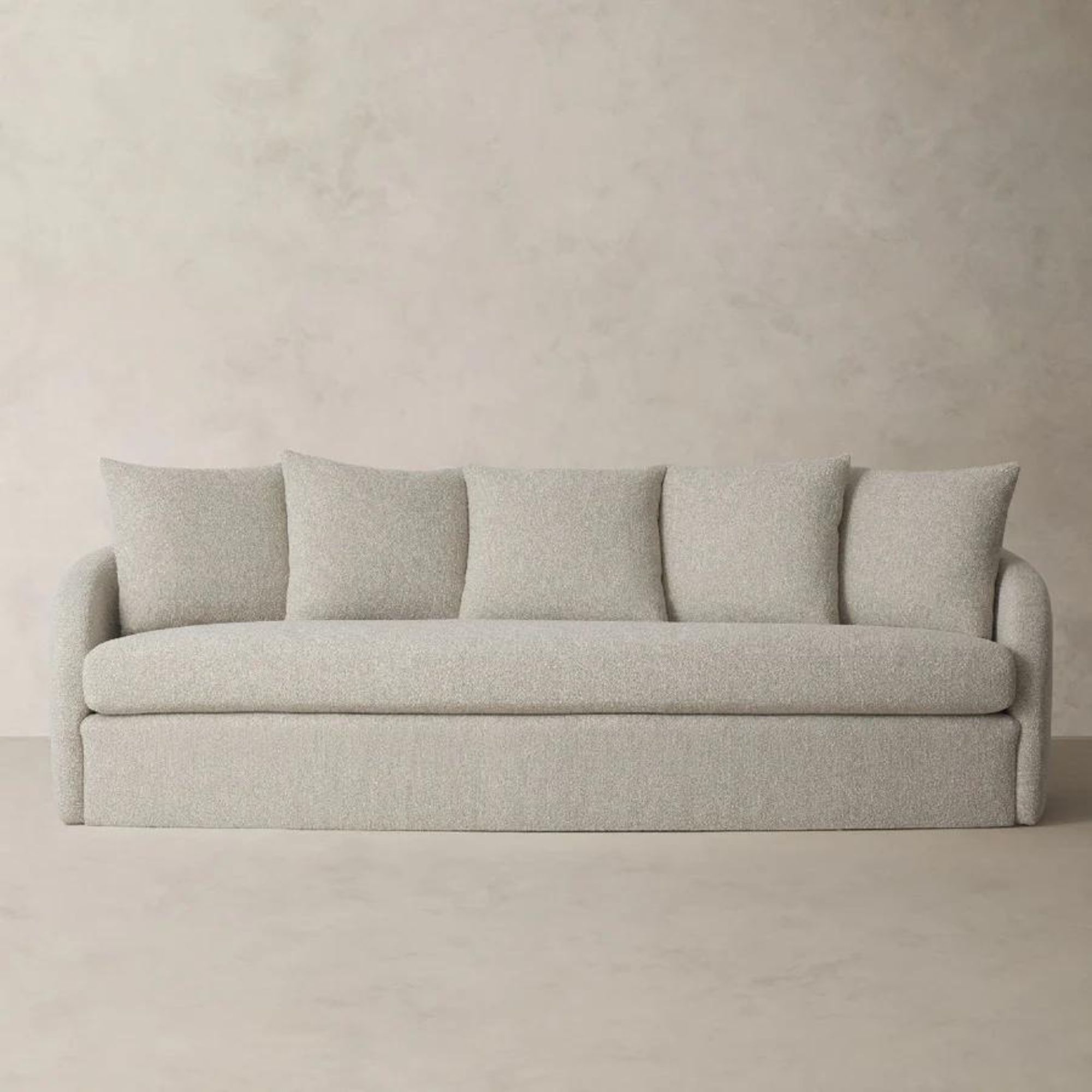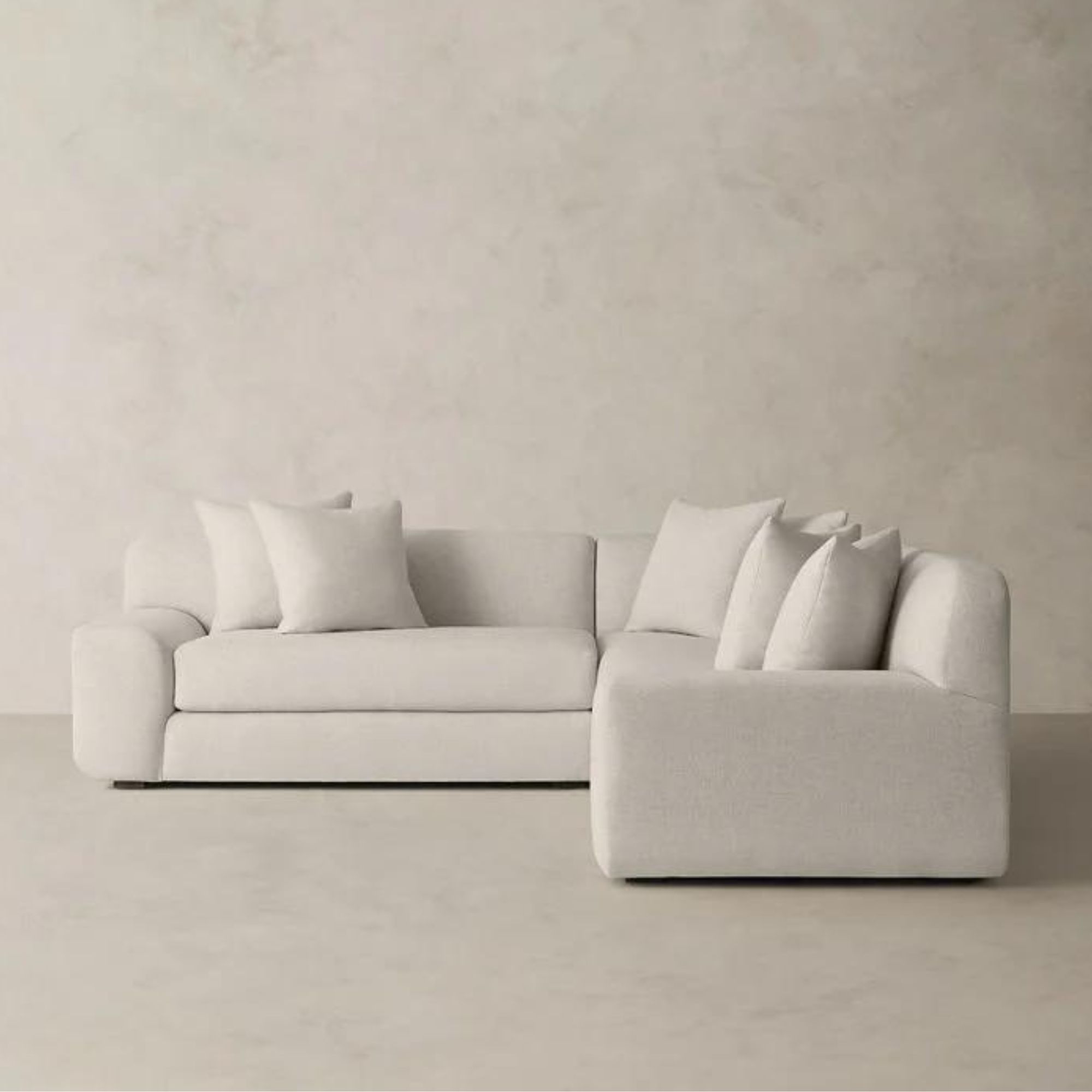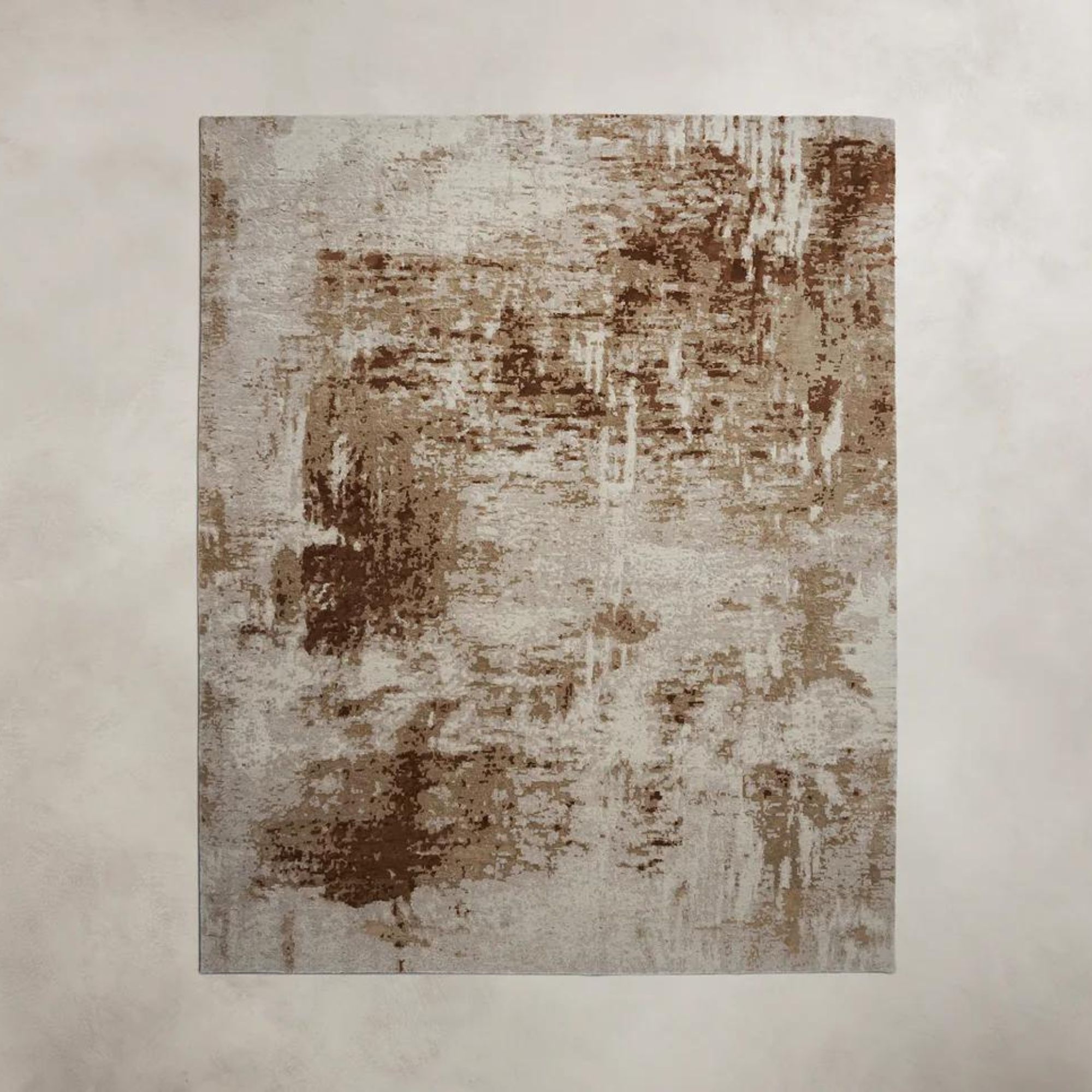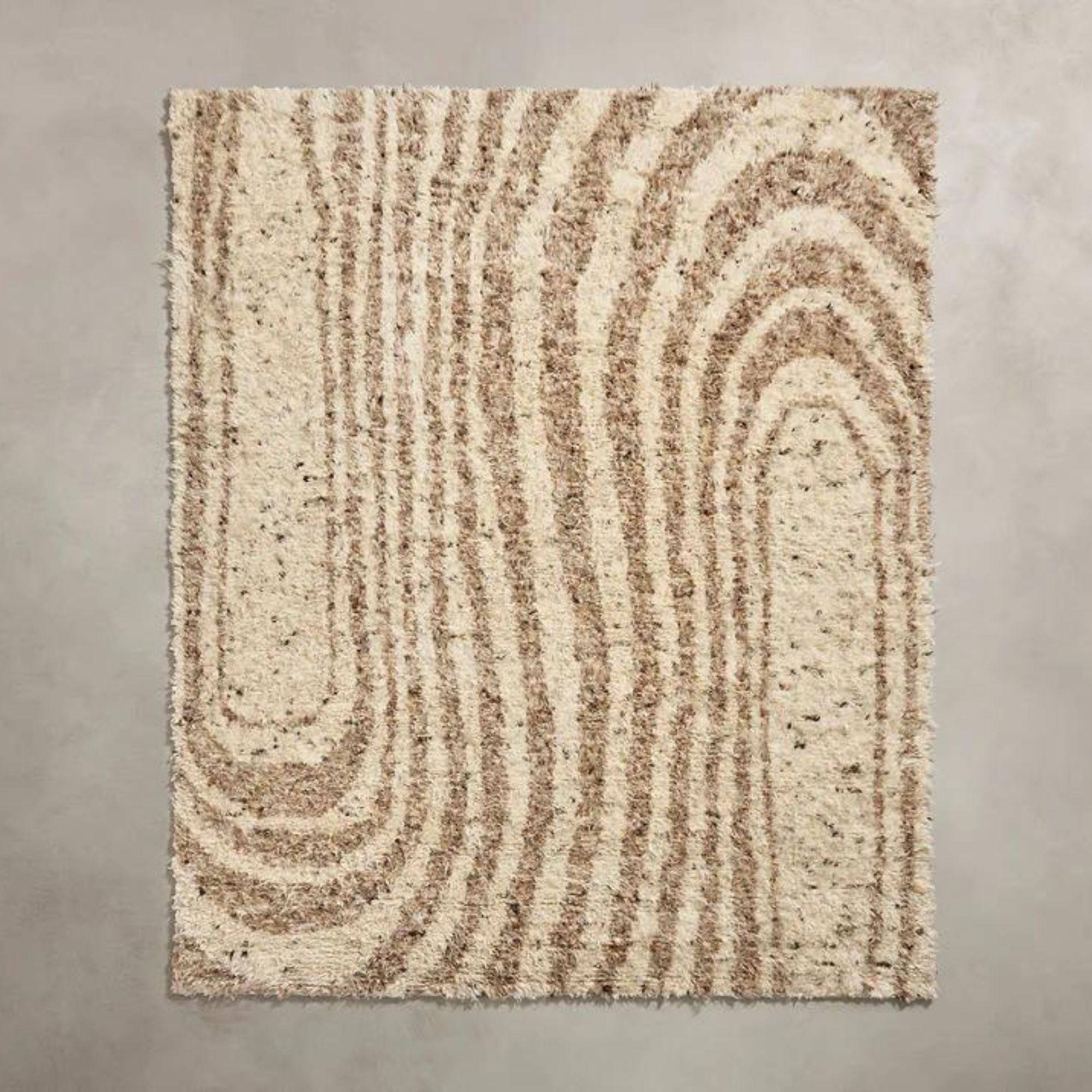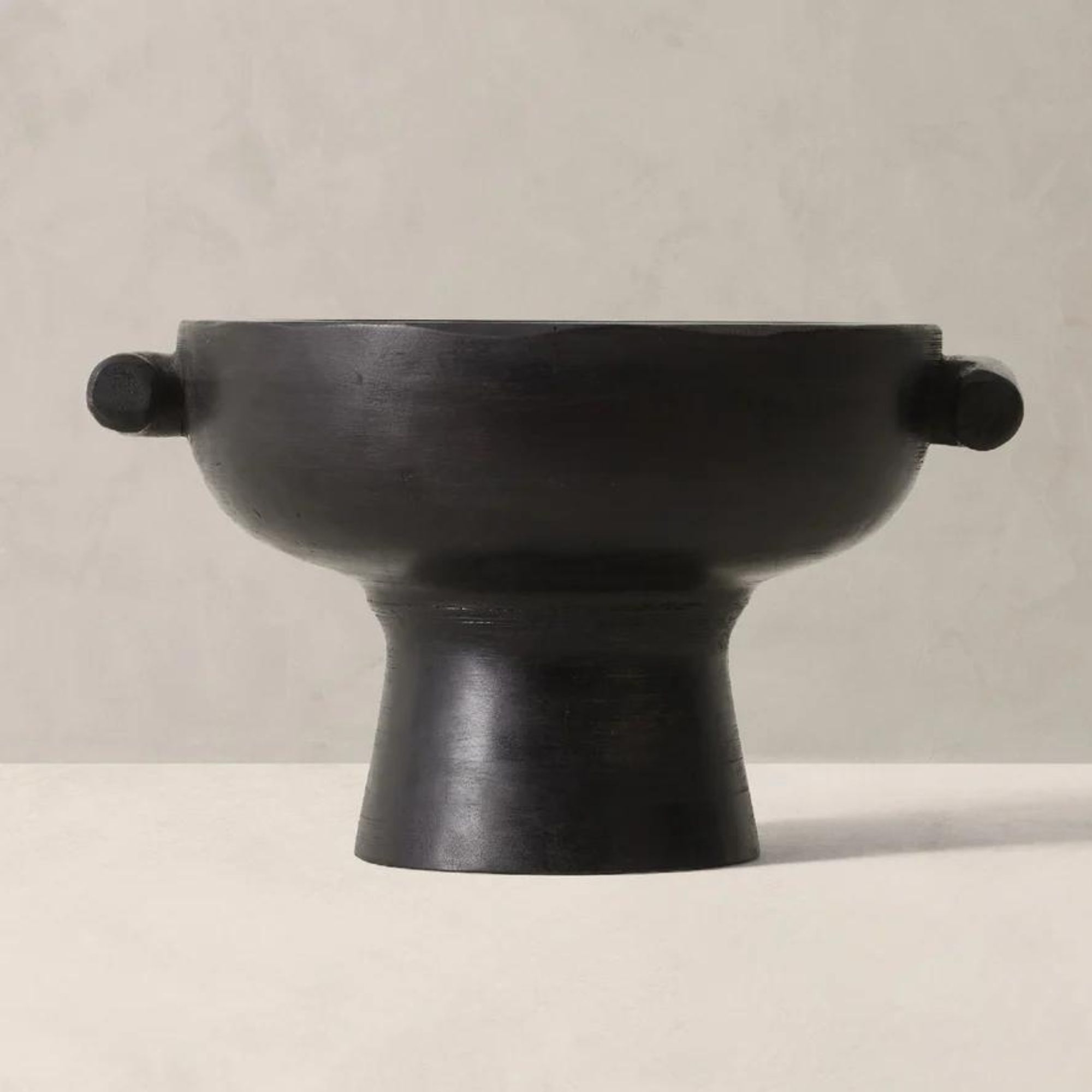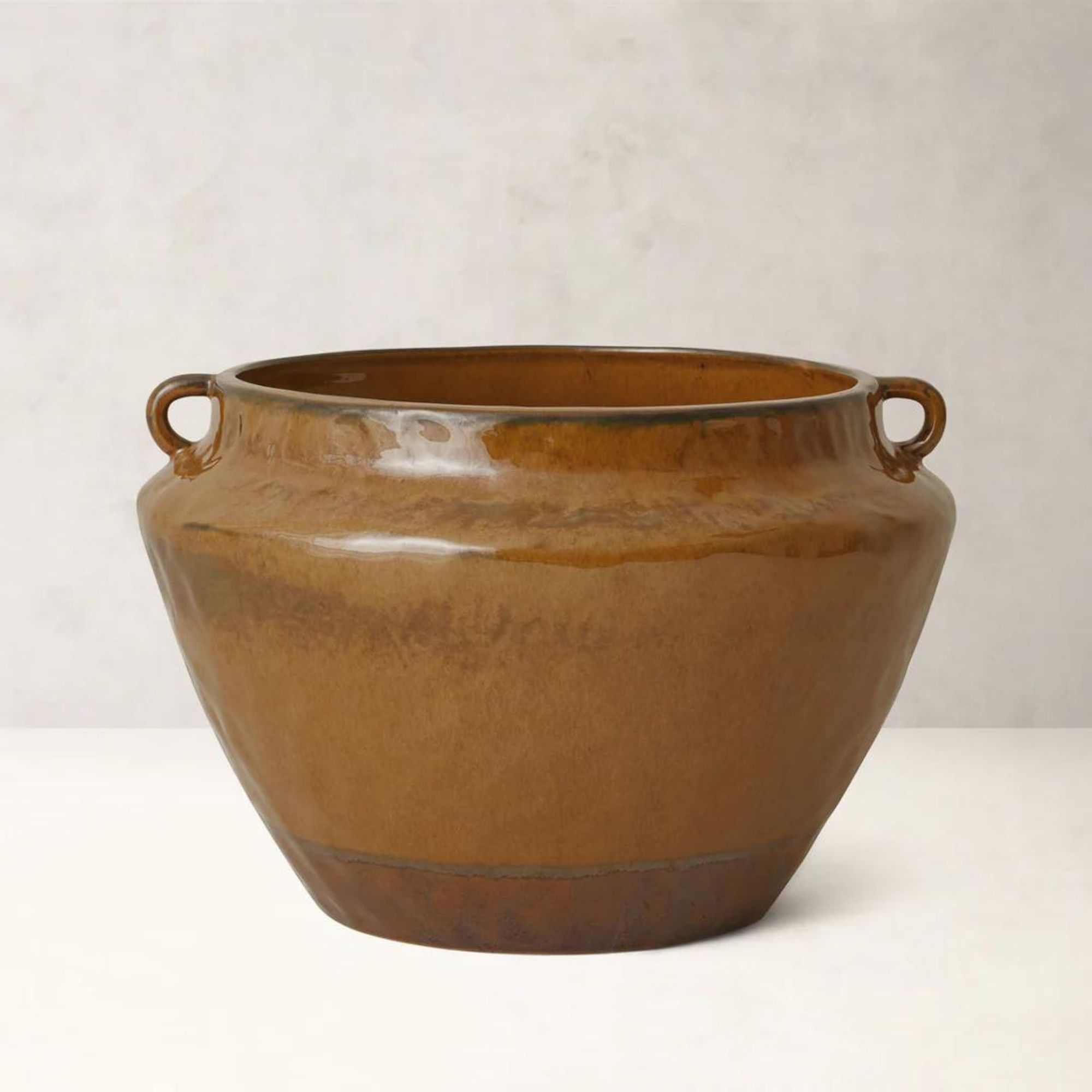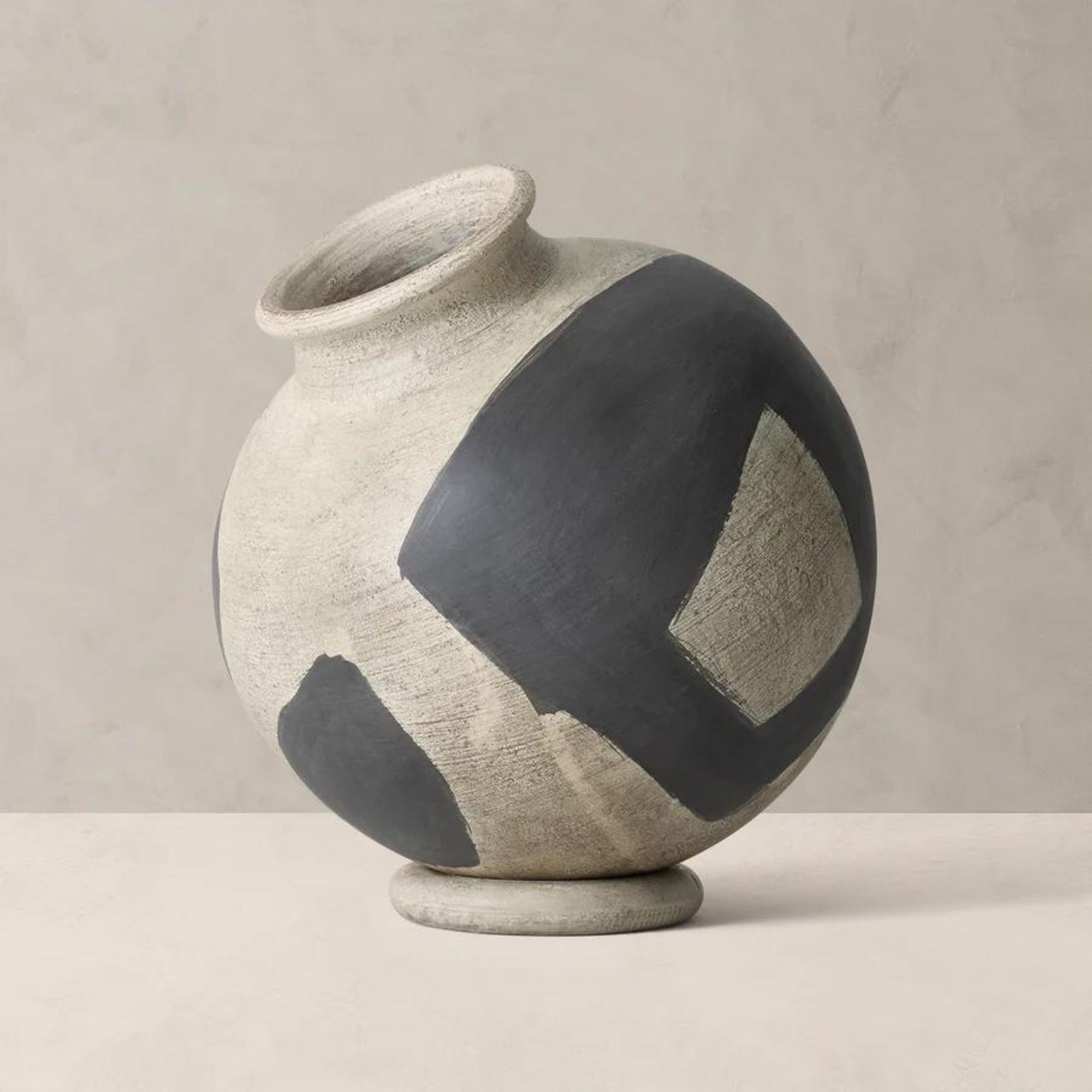9 transitional style decorating rules – the ultimate checklist to channel the perfect old-meets-new look
Transitional-style spaces blend modern elegance with traditional charm. Here's your step-by-step guide to getting the look down at home

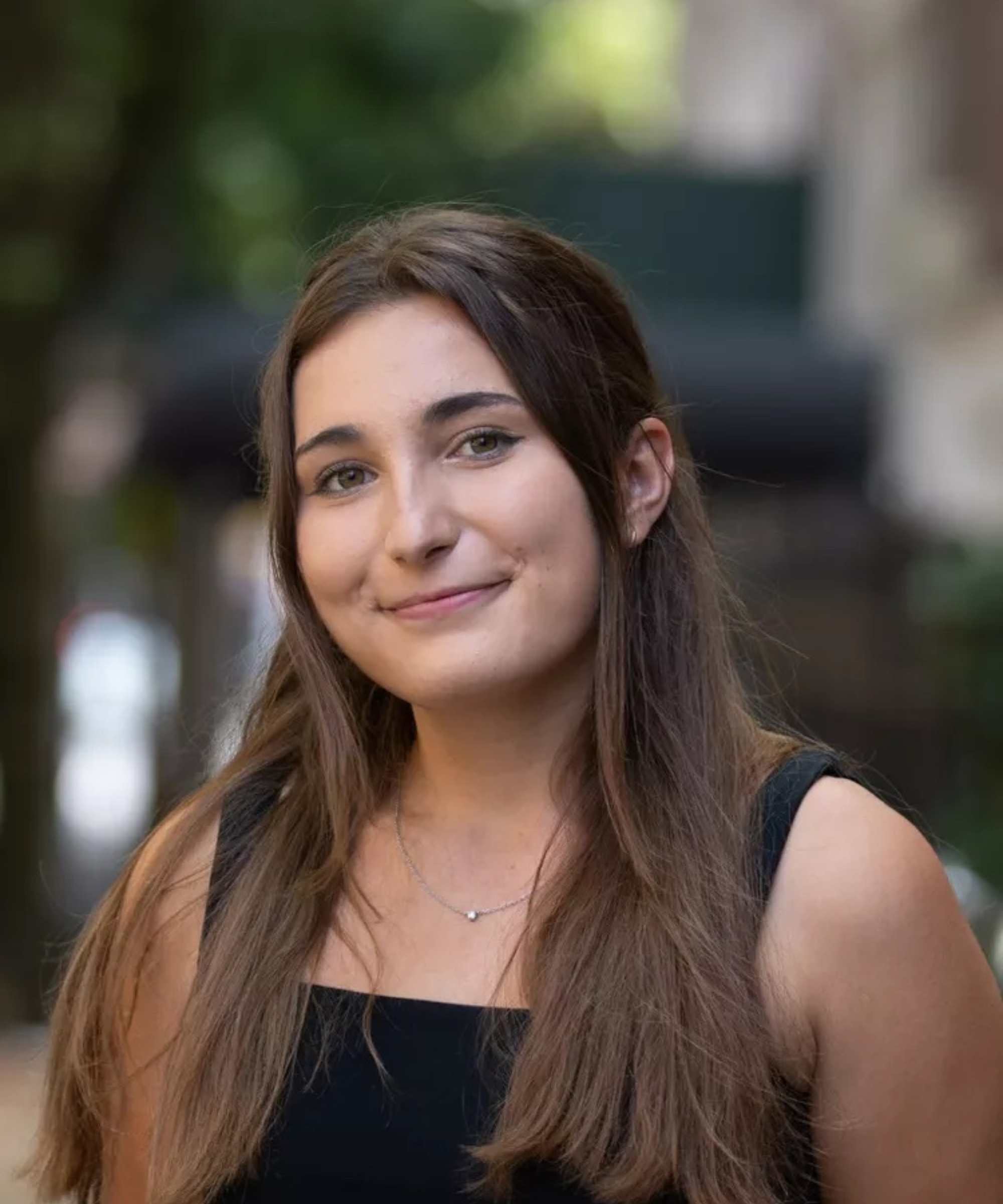
Transitional-style spaces are tough to beat. Chock-full with a tasteful mix of old and new pieces, they're classic, timeless, and inviting to all. But getting the look down can be quite the challenge – with a pared-back color palette and furniture from a wide range of periods, the design process requires a discerning eye.
To help you along the process, we spoke with interior designers who love the transitional look, and have compiled a checklist of transitional style decorating rules to follow in your own home.
With tips on crafting a color palette, picking out furniture, and placing finishing touches, you'll be well-equipped to build the foundation of the transitional design style – and then add your unique spin. These are the expert-endorsed, must-have elements of any transitional home.
The ultimate checklist for transitional style

'Transitional decorating ideas artfully combine traditional charm with contemporary flair, melding two distinct design approaches. It revolves around a neutral color palette that lays the foundation for a diverse array of textures and materials, from rustic wood to glass accents. Achieving equilibrium involves balancing clean, modern lines with softer, more organic curves,' says Kate Winnington, principal designer and founder of Delaware-based C&E Furniture.
'Subtle patterns and inviting textiles add layers of depth and comfort, while contemporary lighting fixtures punctuate the space with a touch of modern sophistication. Ultimately, transitional style celebrates the coexistence of classic elegance and contemporary interior design trends, where each element contributes to a cohesive yet personalized aesthetic,' she continues.
With so many contrasting design elements to include, it's quite easy to get overwhelmed. Luckily, Kate and others have taken the time to break the style down into rules for your convenience. Here's what designers think you should know about the look before diving in.
1. Stick to a neutral color palette

Each transitional-style space looks a bit different, but a handful of key features carry across. The look typically makes use of decorating with neutrals, mixing whites, grays, beiges, browns, and more. While small pops of color are vital, sticking with a neutral color scheme keeps each room looking classic and clean.
'Start with soft, muted colors like taupe, gray, and beige to create a calming backdrop. This palette is the best canvas for incorporating both classic and modern pieces. Start with a neutral base and add in pops of color through accessories like throw pillows, art, and rugs. This keeps the space feeling fresh and modern without straying too far from a classic look,' says Philip Thomas Vanderford, owner and lead designer of Dallas-based Studio Thomas James.
'A neutral color palette is a tried-and-true backdrop for transitional style when it comes to paint, millwork, and your other core design elements that you want to stand the test of time. You can always have fun with more expressive artwork, objects and other pieces that can be easily cycled or swapped out if you get tired of any of them,' adds Becky Shea, interior designer and founder of New York City-based Becky Shea Design.
Diana Bastone, principal designer and founder of Toronto-based Diana Bastone Designs, agrees, calling a neutral color palette 'one of the hallmarks of transitional design,' and a 'must-have element.' She says sticking with pared-back colors allows the 'furniture, art, and accessories to take center stage.'
'This neutral foundation serves as a canvas for diverse textures, patterns and materials, adding depth and visual interest to the space. The emphasis on neutral hues also contributes to the timeless quality of transitional interiors, ensuring that they remain stylish and relevant for years to come,' says Diana.
2. Mix old and new furniture
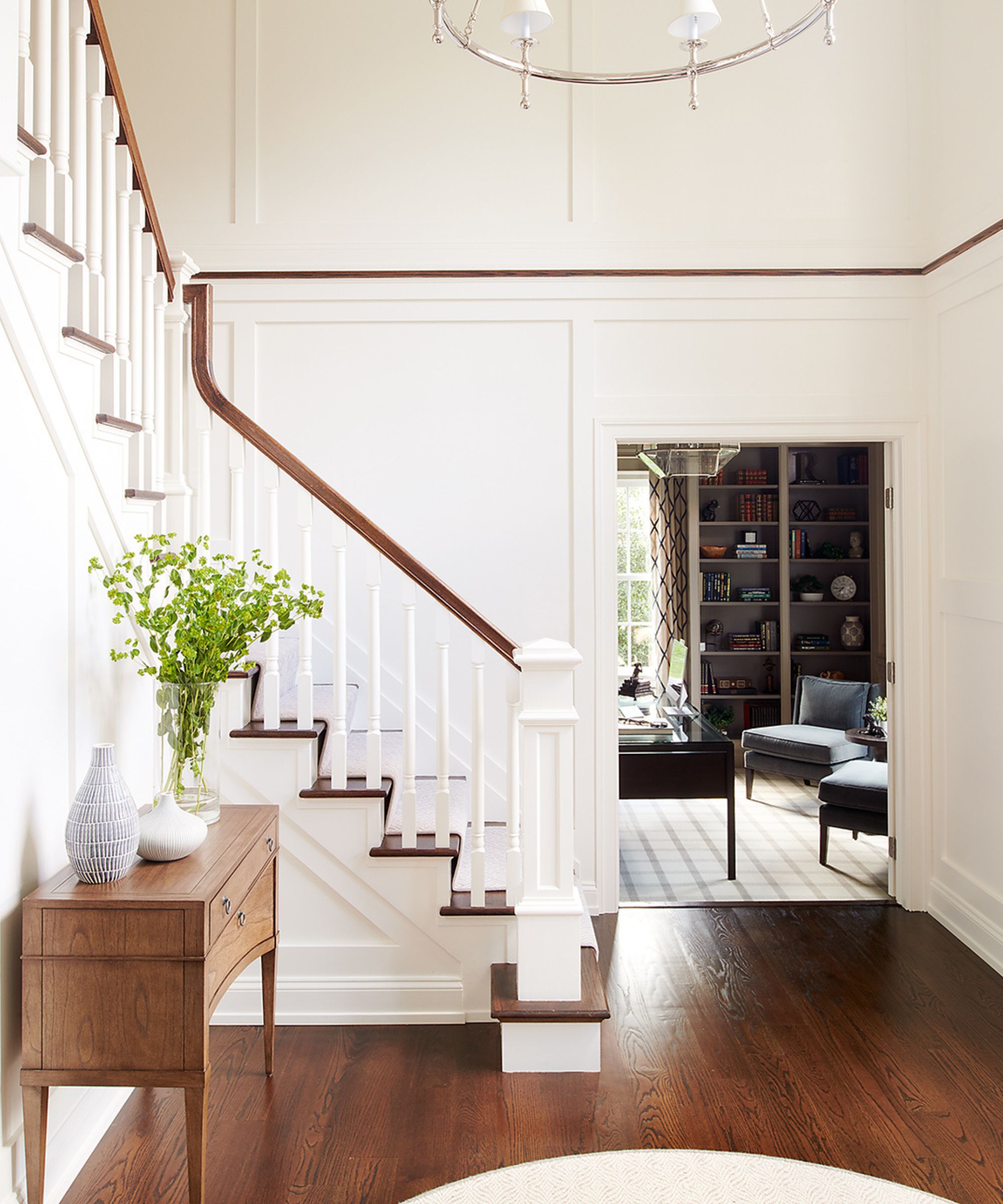
'For me, the key elements for transitional design are finding a harmonious balance of old and new, classic and modern elements that don’t fight or compete but marry together softly and quietly. It creates a more collected look,' says Paul Corrie, interior designer and founder of Washington, D.C.-based Paul Corrie Interiors.
Part of this delicate balance depends on the furniture you choose – the shapes and details present in your space make all the difference. Paul says he typically opts for 'more modern upholstery that isn't fussy and has clean lines,' paired with 'older, antique case pieces.'
'It’s all about finding the right balance. For example, a sofa or sofa and chairs from Dmitriy & Co. can be beautifully paired with antique side tables – 1stDibs is a great resource for this! – and make for a stunning combination,' Paul adds.
Diana adds that transitional-style spaces often feature furniture with 'classic silhouettes' and a bit of modern flair: 'Upholstered pieces boast simple lines and understated details, striking a delicate balance between comfort and sophistication,' she says.
According to Cynthia Lananh, principal of her eponymous San Francisco-based design firm, 'ornate details paired with clean lines make transitional design welcoming' in a wide variety of spaces: 'Must-have furnishings and design elements to create transitional interiors [include] a comfortable sofa with soft lines paired with something more clean-lined like a sleek Nero Marquina marble coffee table,' she says.
3. Incorporate a variety of textures and materials
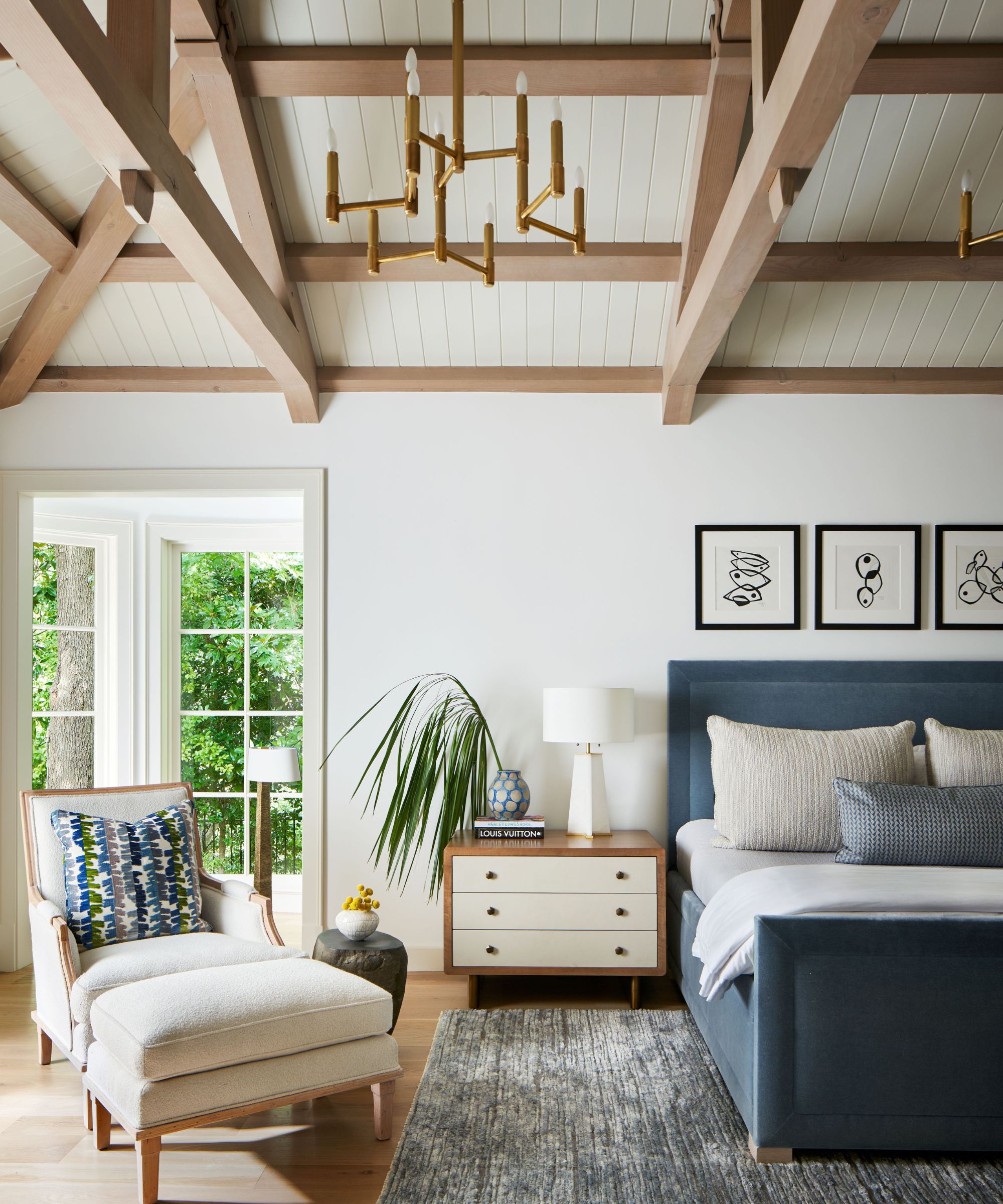
Though they rely on a neutral, pared-back color scheme, transitional-style interiors are anything but flat and lifeless. So where does this style gain visual interest and depth? Designers say it all comes down to texture in interior design.
'To add depth and interest, transitional style incorporates a mix of textures, such as wood, metal, glass, and fabrics like linen and velvet. Emphasizing balance in interior design and proportion, transitional spaces ensure no single element overpowers the room,' says Alinta Lim, senior designer at King Living.
Philip agrees: 'Combining different textures like smooth leather, plush velvet, sleek metals, and natural wood adds depth and interest. Add texture through textiles like throw blankets, pillows, and rugs. Mixing materials such as leather, velvet, and natural fibers can elevate the space and create a more dynamic look,' he says.
When thinking texture, it's natural to gravitate towards fabrics and textiles, but the texture layering game goes so much further. Diana says it's important to not forget about the flooring in transitional spaces, as you'll want to 'strike a balance between the warmth of traditional materials and the sleekness of modern options' there too. She says 'hardwood floors, often in neutral tones, provide a classic foundation, while area rugs in bold patterns or textures infuse contemporary flair.'
The details already present in your home can contribute to an intricate, textured look as well. Aman Than, principal and founder of Toronto-based Aman Than Interiors, says architectural details can play a large role in getting this design style down.
'Key elements of a transitional style are a neutral color palette with a touch of bold, saturated hues and texture, traditional architectural details like crown molding and wall moldings, curated artwork, and comfortable furniture that combines curves and straight lines,' says Aman.
4. Channel a minimalist mindset

'Keep in mind that a core tenet of any transitional space is keeping it functional and relatively minimal in decor. You want each element to be purposeful, so be thoughtful in approaching the space's design and focus on quality over quantity in your selections,' says Becky.
Transitional-style spaces are stylish and full of character, but there's no need to go overboard with the furniture or decor. Instead, select items that serve a purpose in addition to looking lovely. Sticking to a minimalist design scheme here is key. Heather Vercellino, founder and principal designer of Detroit-based Verce Design, adds that one of the best ways to pare back your space is also quite simple.
'A quick and no-cost tip to make your home’s style a bit more transitional is to declutter! Remove all small accents from the room and slowly add them back in – take a step back after adding each accent item back into the space. You may find that less is more and by simply removing clutter from your space, you can elevate your room from overstimulated to a serene, peaceful environment,' says Heather.
The minimalist mindset should translate to your furniture as well, adds Alinta: 'Furniture and decor pieces feature clean, straight lines without excessive ornamentation, maintaining a streamlined and uncluttered appearance. Simplify the space by opting for minimal and elegant decor items, replacing heavy, ornate pieces with simpler, more streamlined designs,' she says.
5. Bring in vintage pieces
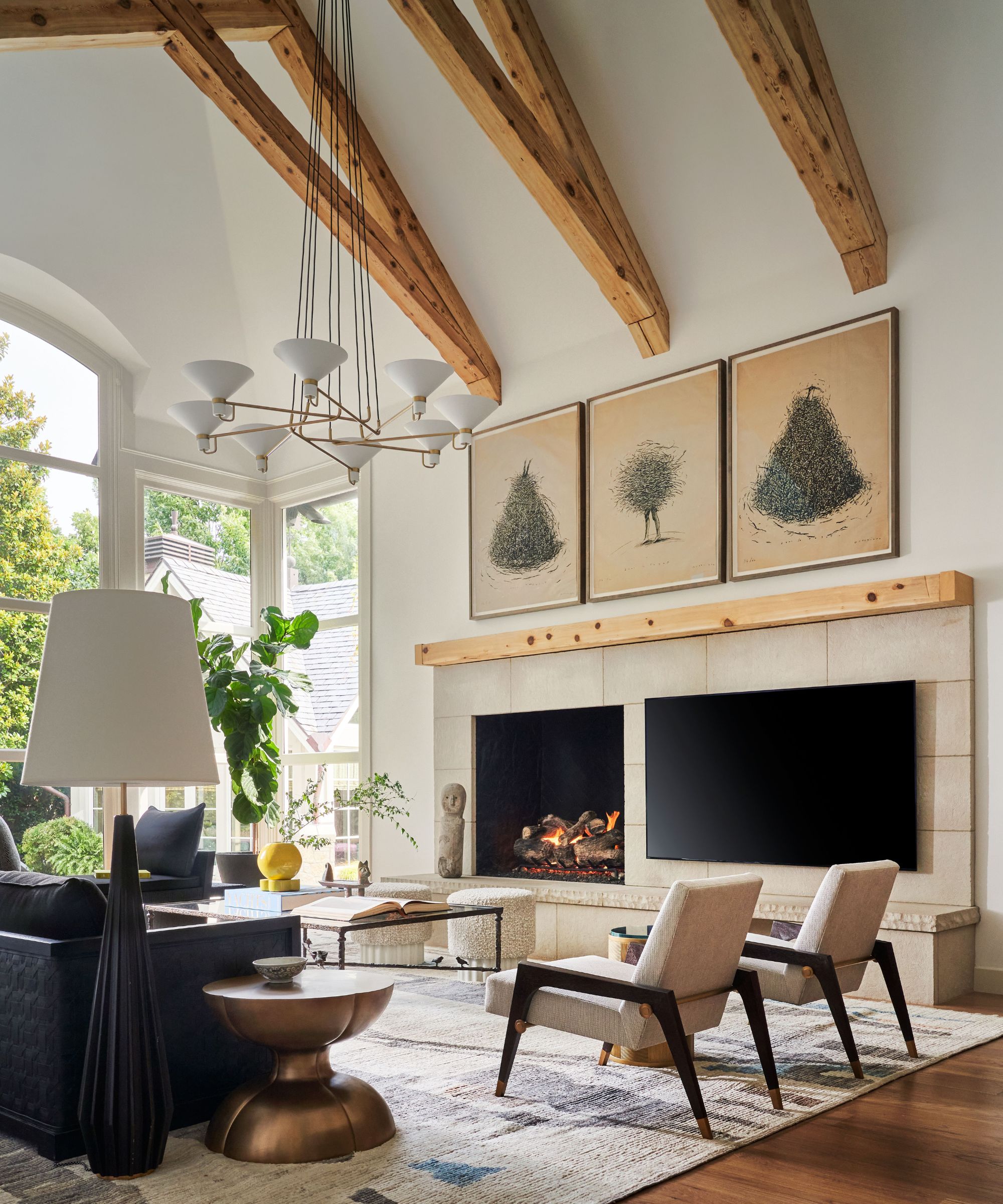
Decorating with vintage furniture and decor is one of the best ways to channel transitional style. From styling vintage furniture to decorating with vintage art, there are so many ways to introduce a bit of vintage into your home. Philip recommends integrating 'vintage items that have a modern twist and a unique history' to best replicate the transitional look.
'These pieces infuse the space with a nostalgic charm, adding depth and character, while maintaining a contemporary overall aesthetic,' he says. 'By incorporating these elements and approaches, you can achieve a beautifully balanced transitional style that feels both timeless and fresh, perfect for a sophisticated yet edgy aesthetic.'
Lauren Kavanagh, art director at Hovia, agrees, saying that coffee tables, statement armchairs and bookcases are all 'must-have furniture pieces for a transitional space' – and work even better when vintage.
'These can be second-hand or thrifted items with older, traditional styles to add character to your home. Style these larger items with modern decor like scatter cushions, prints, decorative vases, lamps, and sculptures,' adds Lauren.
The art of transitional style is mixing and matching the old with the new, though. You'll need to pair these vintage pieces with new, updated furniture and decor that brings your home back into the present day. Andrea West, owner and principal designer of Utah-based Andrea West Design, suggests 'bringing out an older piece and [styling] it with something you've just purchased.'
'This can be a new lamp on a side table and layering in an older or more decorative picture frame. We also love adding in layers to help soften more modern and contemporary spaces, such as books and trays. Any time you can add in a layer, it will help your home feel a bit more transitional,' says Andrea.
6. Choose a timeless sofa
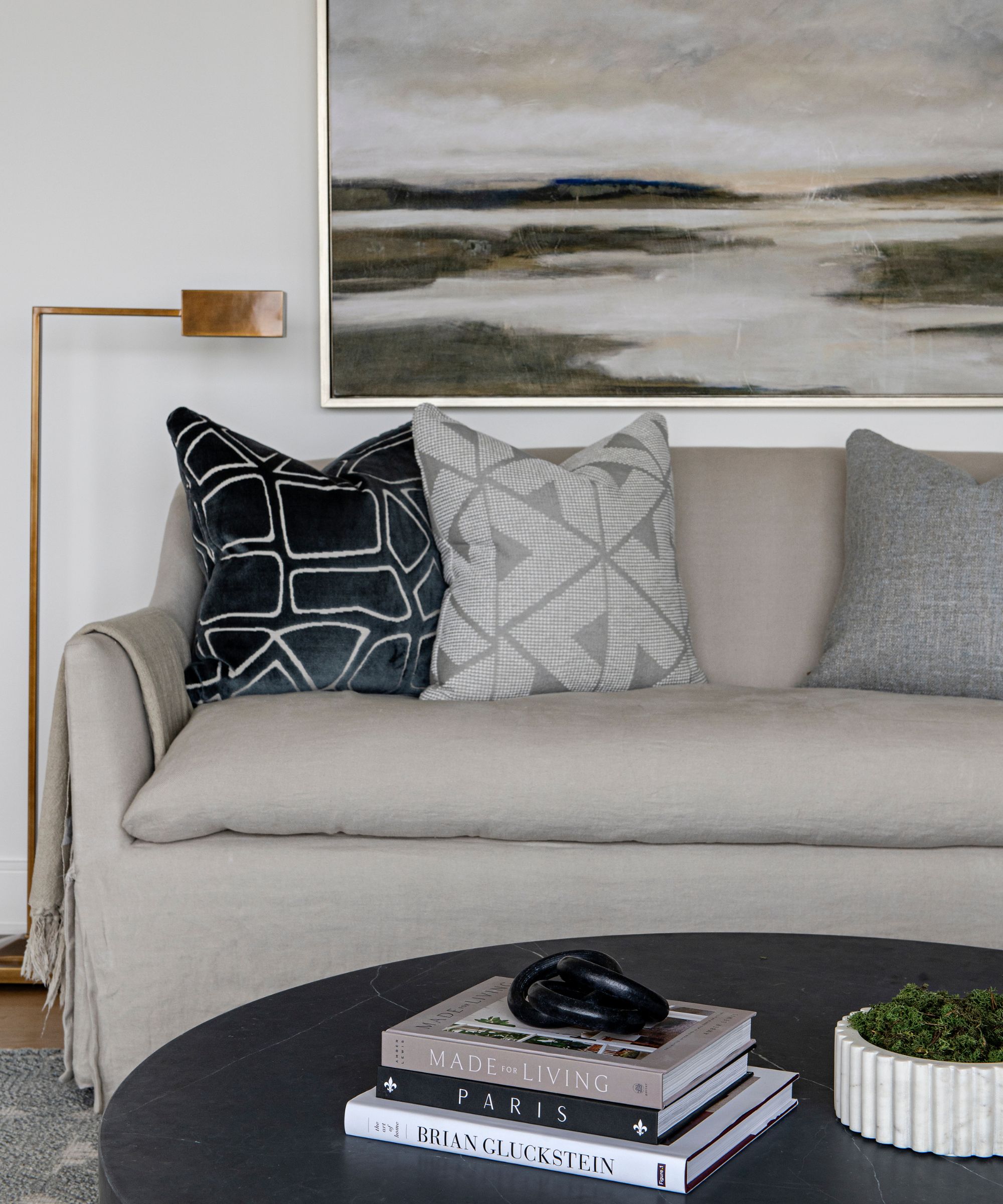
Although it will depend on which room you're styling, a few key items appear in most successful transitional spaces. A classic, timeless sofa is one of these must-have pieces.
'I think a neutral sofa is the most important furniture piece when it comes to building your transitional style. Basing everything around a simple sofa in an off-white or grey will make your space feel current and allow you to mix in more creative elements throughout the rest of the space,' says Brianna Untener, principal and founder of New York City-based Brianna Scott Interiors.
Philip adds that a 'sleek, modern sofa with clean lines and minimalist design provides the perfect anchor for a transitional space.' He agrees that neutral tones (in high-quality fabrics, he adds) work best. Eugenia Triandos, principal designer of Montreal-based Hibou Design & Co., adds on: 'Modern sofas and accent chairs with clean lines and soft curves set the tone, while textured elements and colors bring warmth and serve as focal points.'
Alinta says a transitional-style sofa 'typically features clean lines' but still incorporates 'a slight nod to traditional details.' She suggests keeping your eye out for neutral colors, but also 'subtle details like piping.' From there, accessorize with accent chairs in 'contemporary shapes with traditional materials or finishes' to give your space a unique look.
'Transitional spaces are built to last, anchor pieces such as the sofa or coffee table are to be highly durable and very neutral. A must-have is upholstered furniture in Crypton fabric. My favorite fabric for a transitional look is Nomad Snow – many designers' go-to for the best kid- and pet-friendly fabric with a soft, creamy texture,' adds Heather.
7. Invest in a characterful area rug
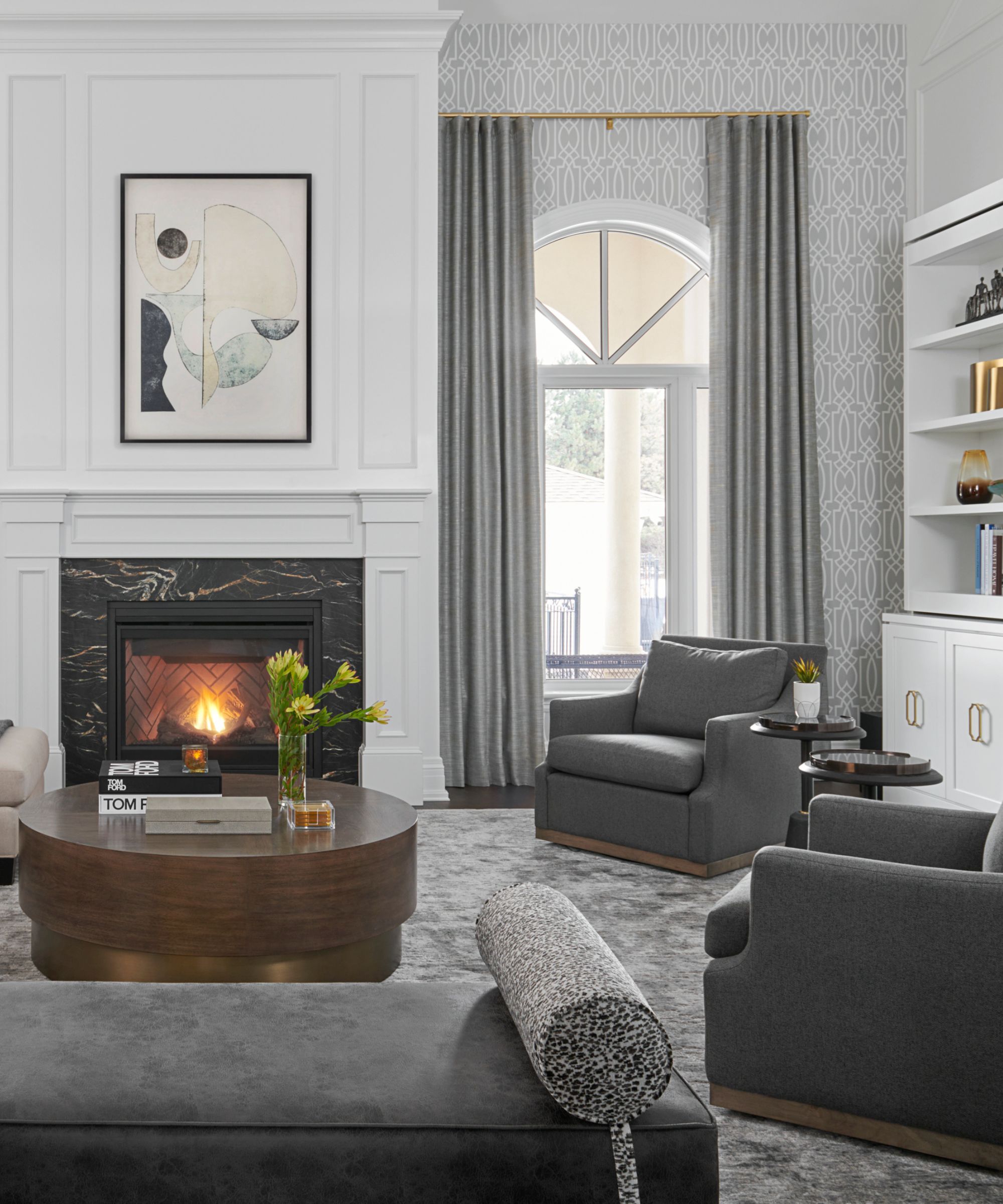
There's nothing like an area rug to center any space, and Kate says bringing one in is 'the perfect way to add a bit of texture or a bit of flair' to your transitional space. Glenna, too, considers a large-scale rug 'a key element for grounding the space and adding a layer of comfort.' She suggests picking out a piece with 'minimal patterns or textures in neutral colors.'
'Select rugs with rich textures and subtle patterns. These rugs ground the space, adding warmth and dimension without distracting from the overall design. Start with a neutral base and add in pops of color through accessories like throw pillows, art, and rugs. This keeps the space feeling fresh and modern without straying too far from a classic look,' adds Philip.
Area rugs add warmth and welcoming energy to any room, and also serve to 'counterbalance the modernity of the space,' says Eugenia. Alinta adds on: 'A neutral or subtly patterned area rug anchors the space and adds warmth, complementing the overall color scheme without dominating the room. Look for neutral colors, durable material, and an appropriate size for the seating area.'
8. Layer the lighting
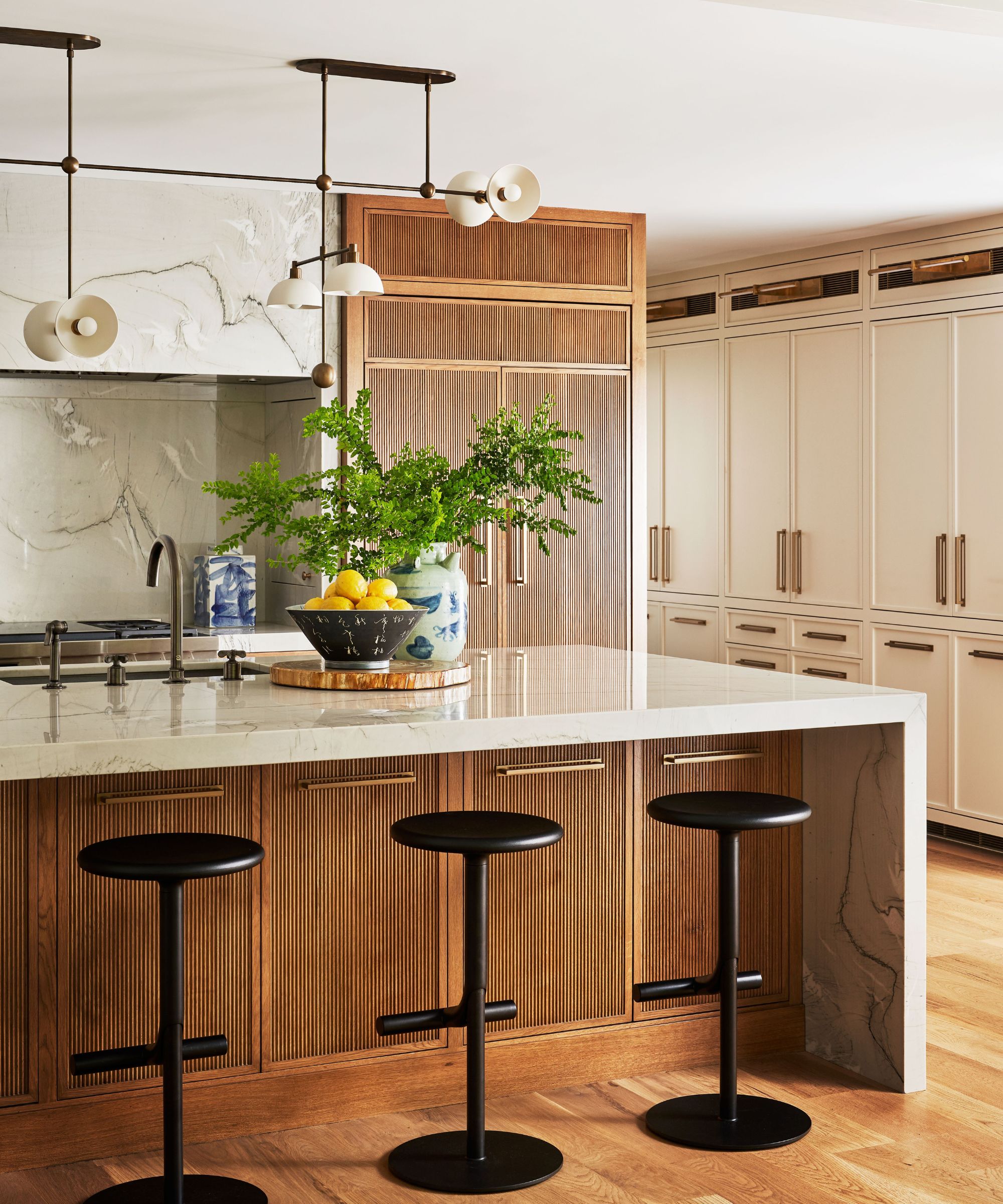
'Lighting ideas can serve as both a decorative and functional addition. Clean-lined chandeliers, pendant lights and sconces can add a touch of modernity, coupled with classic table and floor lamps that contribute a timeless ambiance,' says Diana.
Layered, ambient lighting goes a long way in any space, but works especially well in a timeless, transitional design scheme. Opt for a range of light fixtures, from overheads to table lamps, for a cohesive, chic landscape of lights that'll make your home feel like a sanctuary. Glenna emphasizes the importance of minimalistic, modern light fixtures within a transitional scheme.
'Sophisticated, understated accents like simple patterns and streamlined lighting are essential to maintain a chic yet approachable feel. Fixtures should be elegant yet simple, like streamlined chandeliers or modern pendant lights that complement both modern and traditional elements,' says Glenna.
She also suggests updating your window treatments by replacing 'heavy draperies with lighter, neutral-colored fabrics or simple shades' to ensure a maximum amount of natural lighting.
'I'm a big fan of decorative lighting because it's one of those elements in design that allow you to be expressive in form while being a functional piece in the space. Decorative lighting in transitional design should keep to the mantra of clean lines with minimal ornamentation in a neutral palette, but it is a perfect opportunity to inject new textures or materials that elevate your space,' adds Becky.
9. Curate a unique mix of accessories
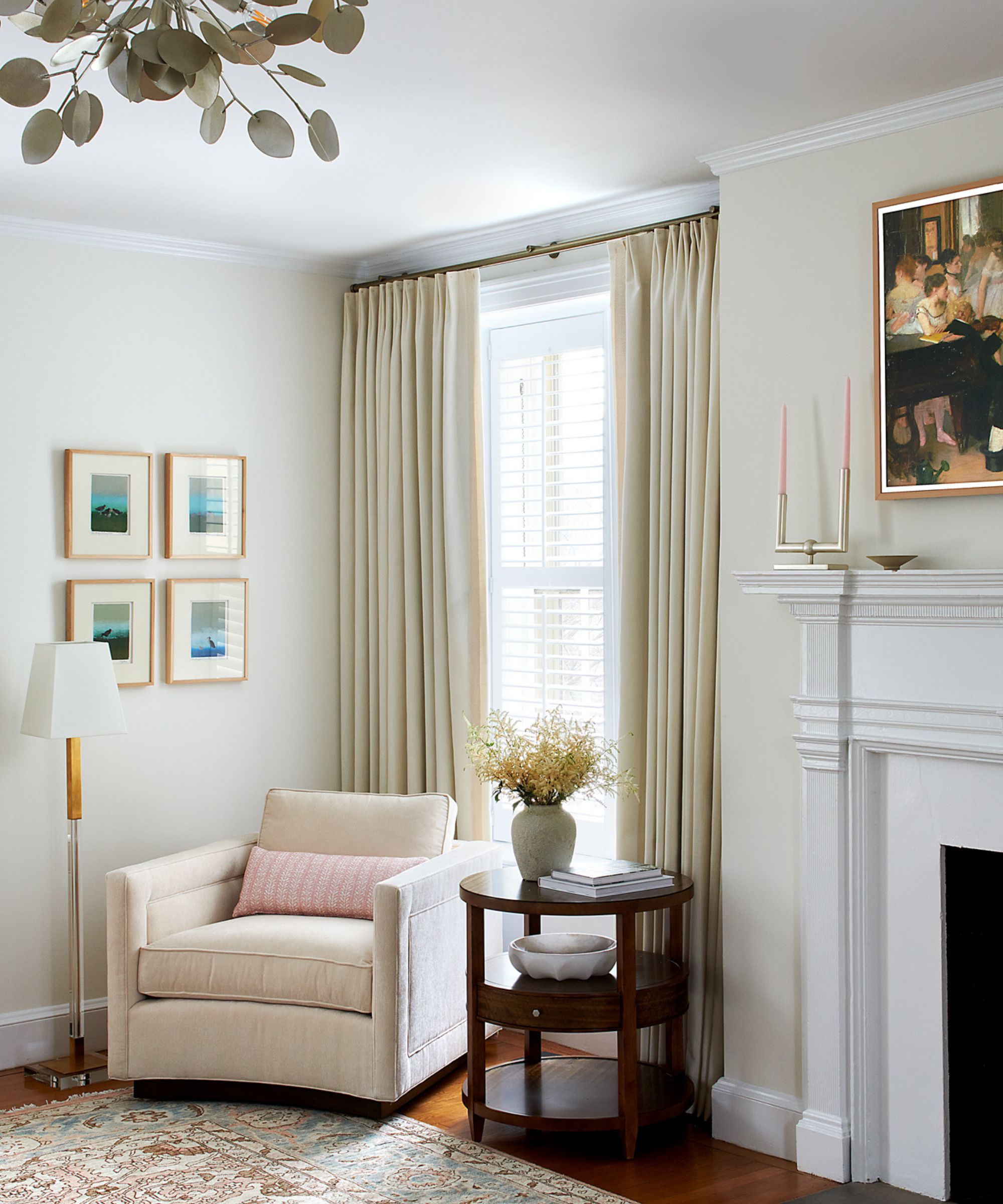
As in fashion, accessories are everything when it comes to interior design. And when you're working with a minimalist, neutral-toned, transitional design scheme, the finishing details become even more important. Philip says the accessories are the perfect opportunity to add in tasteful 'pops of color.' Use throw pillows, art, and rugs to perfect the look, he adds.
Eugenia agrees, saying that 'unique accessories' play a crucial role in 'bridging the gap between traditional and contemporary styles.' They 'infuse charm and character into the design,' making the timeless style truly your own. Diana concurs, too.
'Accessories play a crucial role in transitional design, acting as the finishing touches that tie the space together. Artwork, mirrors, and decorative pieces are carefully curated to complement the overall aesthetic, often reflecting a mix of vintage and modern styles for a curated and collected look,' says Diana.
Transitional style is timeless and suited for any style of home. Keep these nine rules in mind for a seamless, simple design process, and enjoy your transitional space for many years to come.
Sign up to the Homes & Gardens newsletter
Design expertise in your inbox – from inspiring decorating ideas and beautiful celebrity homes to practical gardening advice and shopping round-ups.

Abby was the Interior Design News Editor at Homes & Gardens and is now studying for her Master's degree in Journalism at City University, London. Prior to joining our team, she worked with Better Homes & Gardens, where she wrote and edited content about home decor, gardening tips, food news, and more. She studied Journalism and English Literature at New York University and moved to London to pursue her love of writing in 2023.
-
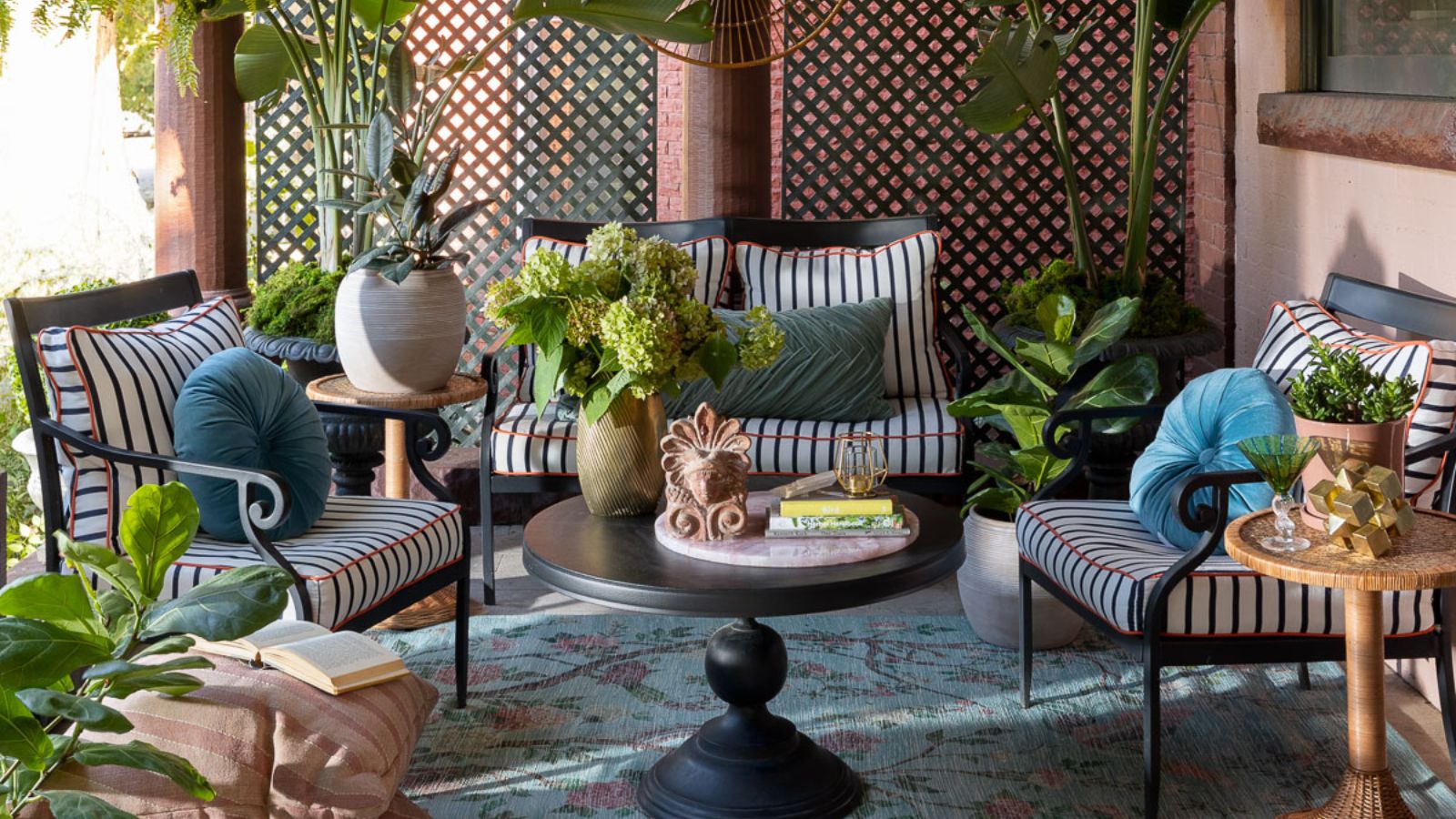 Designers share how to make your outdoor living room look more expensive – and the affordable products to get you there
Designers share how to make your outdoor living room look more expensive – and the affordable products to get you thereFrom layered lighting to luxe-looking textiles, these simple swaps made all the difference
By Charlotte Olby Published
-
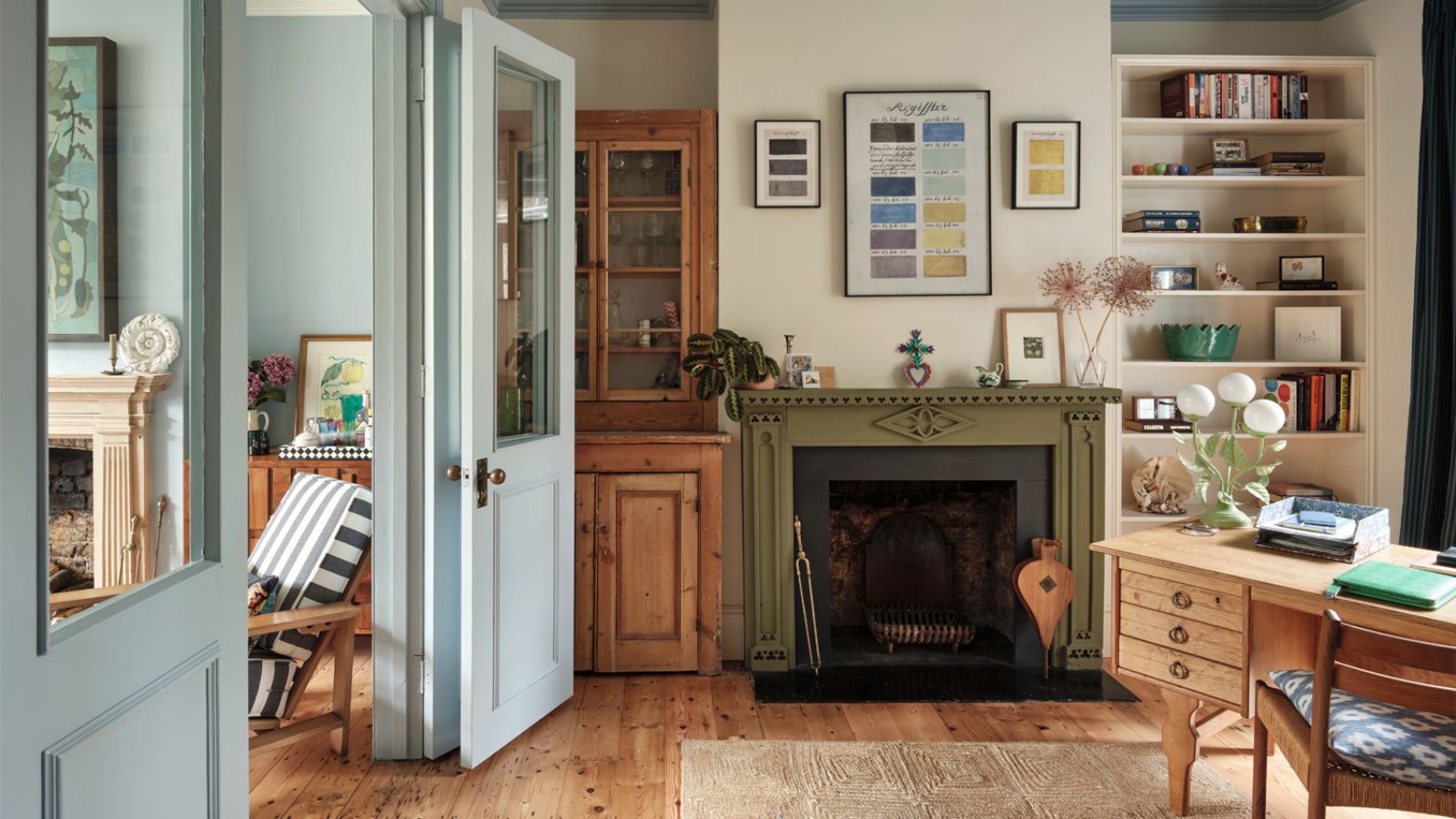 5 surprising but brilliant ways to clean with old socks – from perfectly buffing stainless steel to deterring pests naturally and more
5 surprising but brilliant ways to clean with old socks – from perfectly buffing stainless steel to deterring pests naturally and moreTackle dust in tricky corners, clean your mirrors and even banish bad odors with those rogue single socks
By Andy van Terheyden Published
-
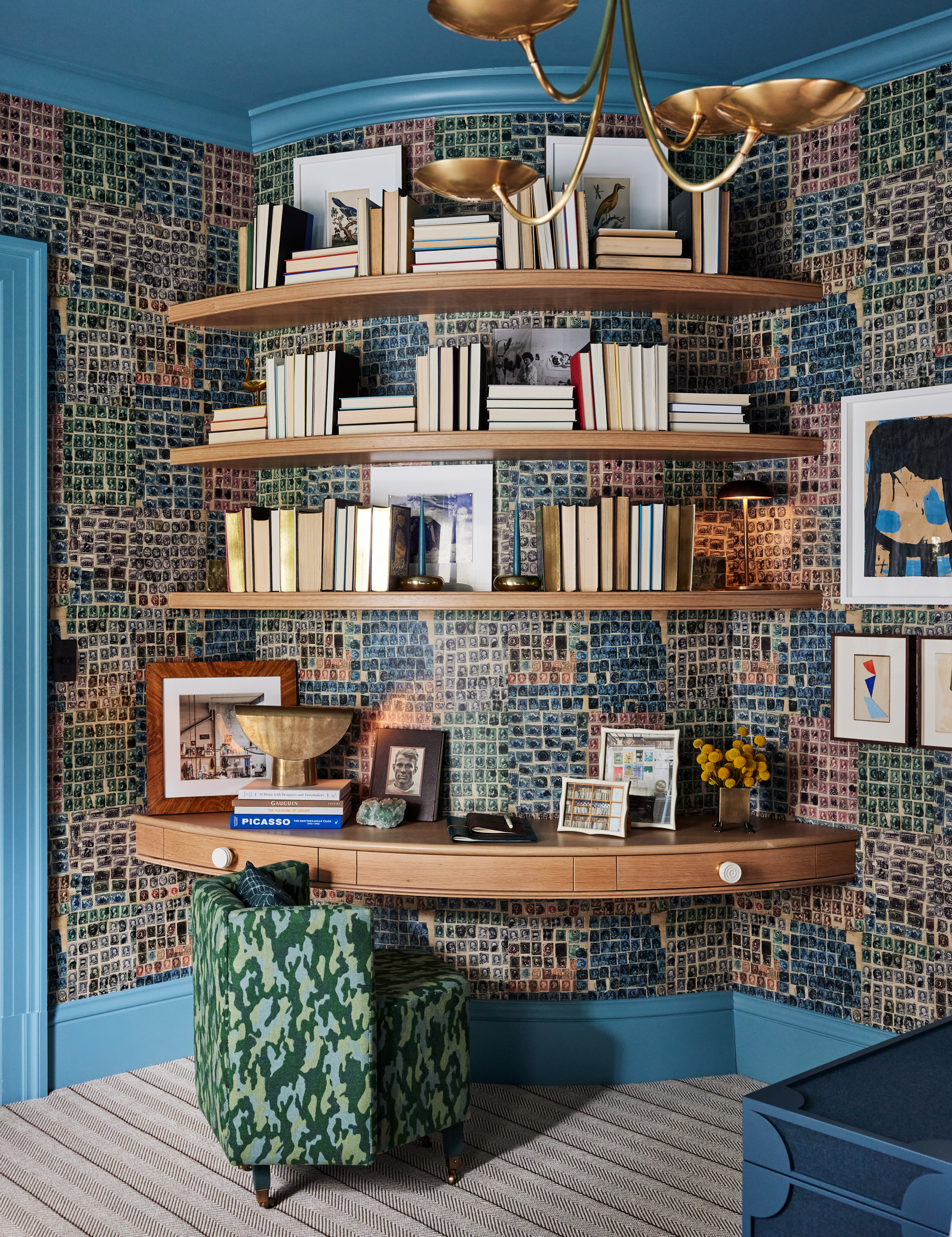 Bookshelf trends – 8 stylish ways designers are displaying their books in 2025
Bookshelf trends – 8 stylish ways designers are displaying their books in 2025Turn your collection of books into a design statement by embracing some of these chic, designer-approved bookshelf trends
By Lilith Hudson Published
-
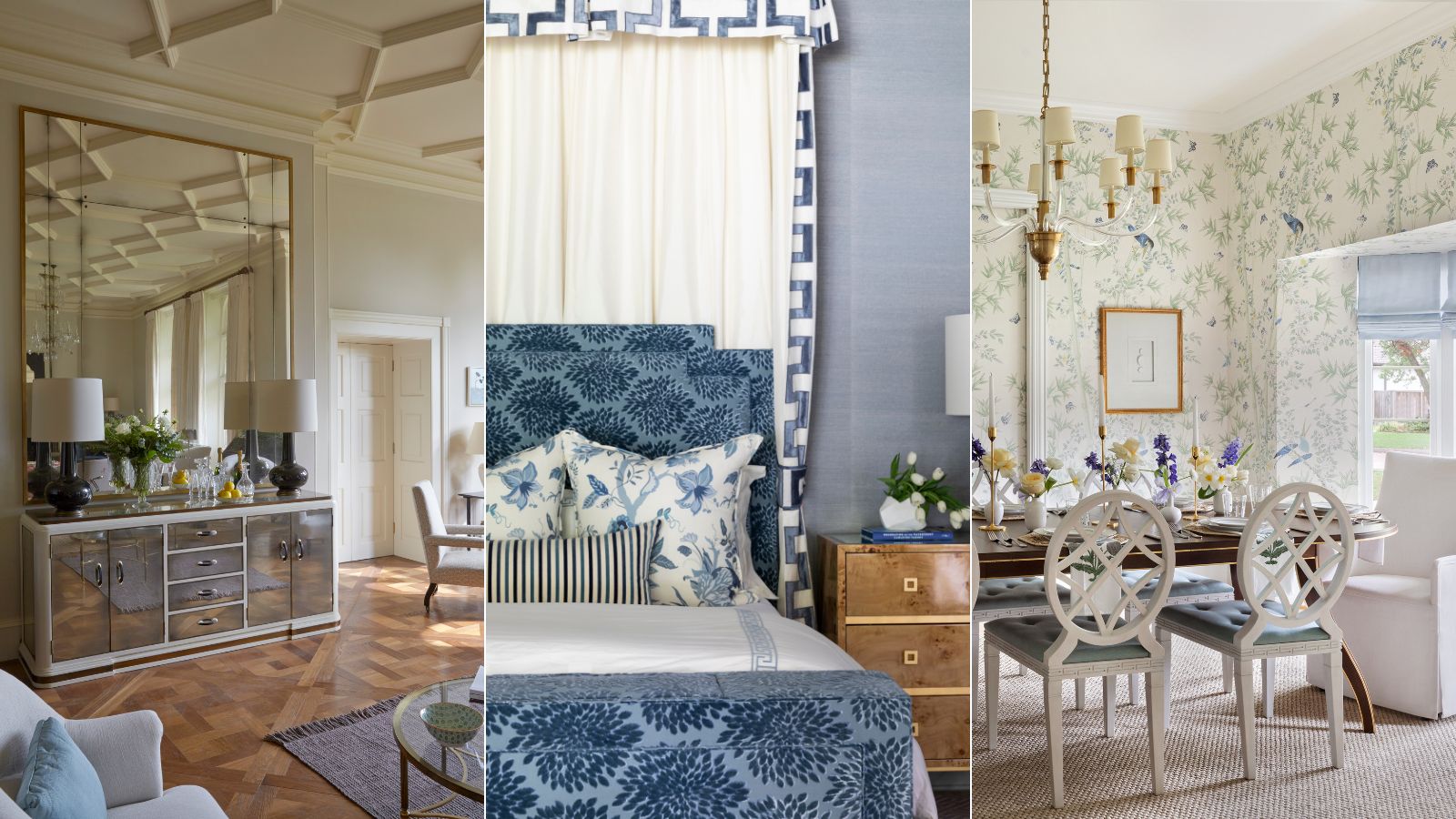 Want to introduce a coastal-meets-luxury feel to your home? The experts say it is time to get to know Riviera interior design
Want to introduce a coastal-meets-luxury feel to your home? The experts say it is time to get to know Riviera interior designWith a mix of influences, the eclectic, Mediterranean-inspired nature of Riviera style is popular among interior designers
By Charlotte Olby Published
-
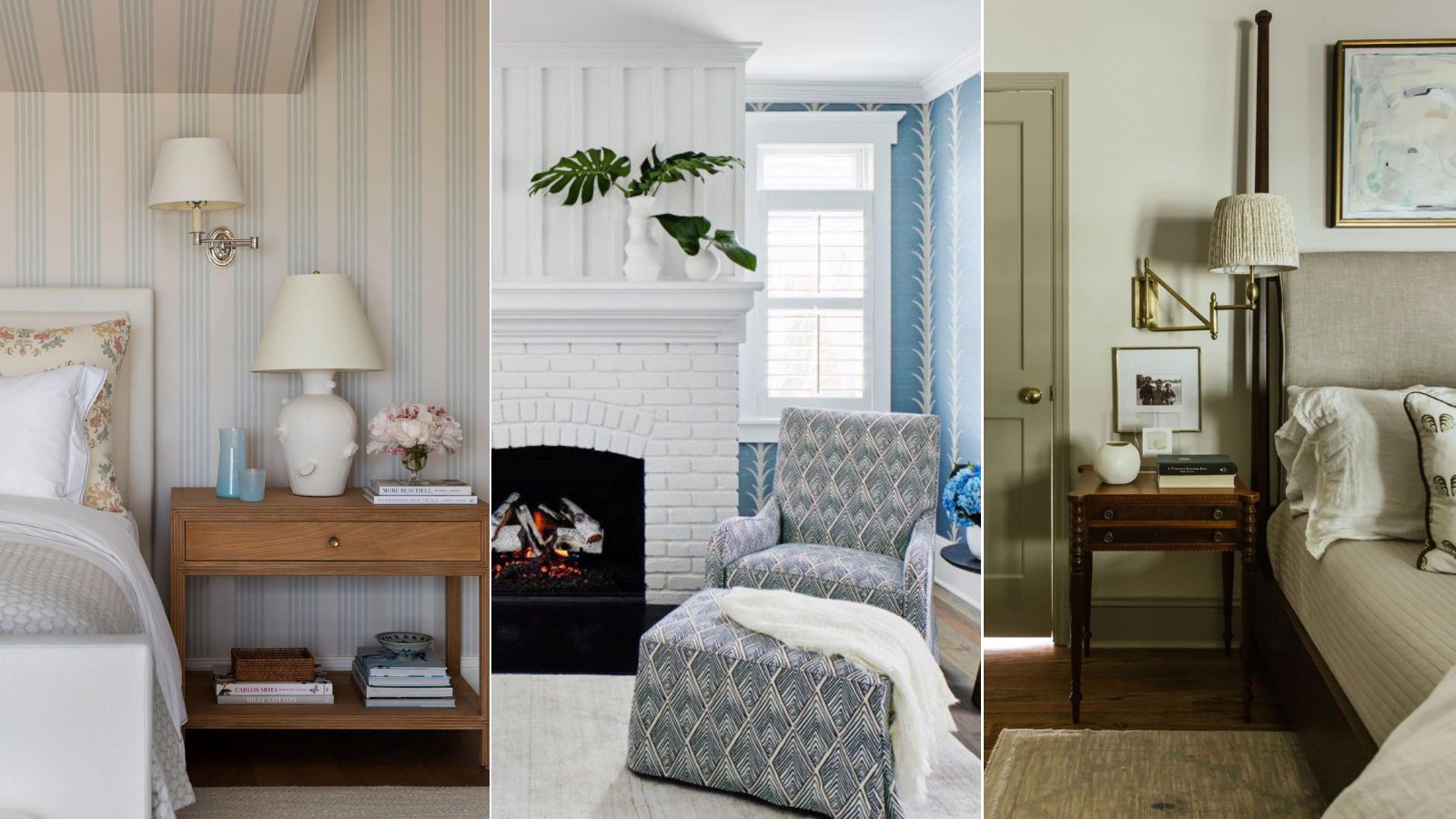 Love the trending Nancy Meyers aesthetic? Take it one step further with these '90s and 2000s rom-com-inspired design tips
Love the trending Nancy Meyers aesthetic? Take it one step further with these '90s and 2000s rom-com-inspired design tipsRom-com-inspired interiors are nostalgia-inducing and inviting. This is how to embrace the timeless look
By Abby Wilson Published
-
 Are curtains out of style? Designers share their thoughts on the timeless window treatment
Are curtains out of style? Designers share their thoughts on the timeless window treatmentDesigners explain why curtains have enduring appeal and share their tips on how to choose timeless designs
By Pippa Blenkinsop Published
-
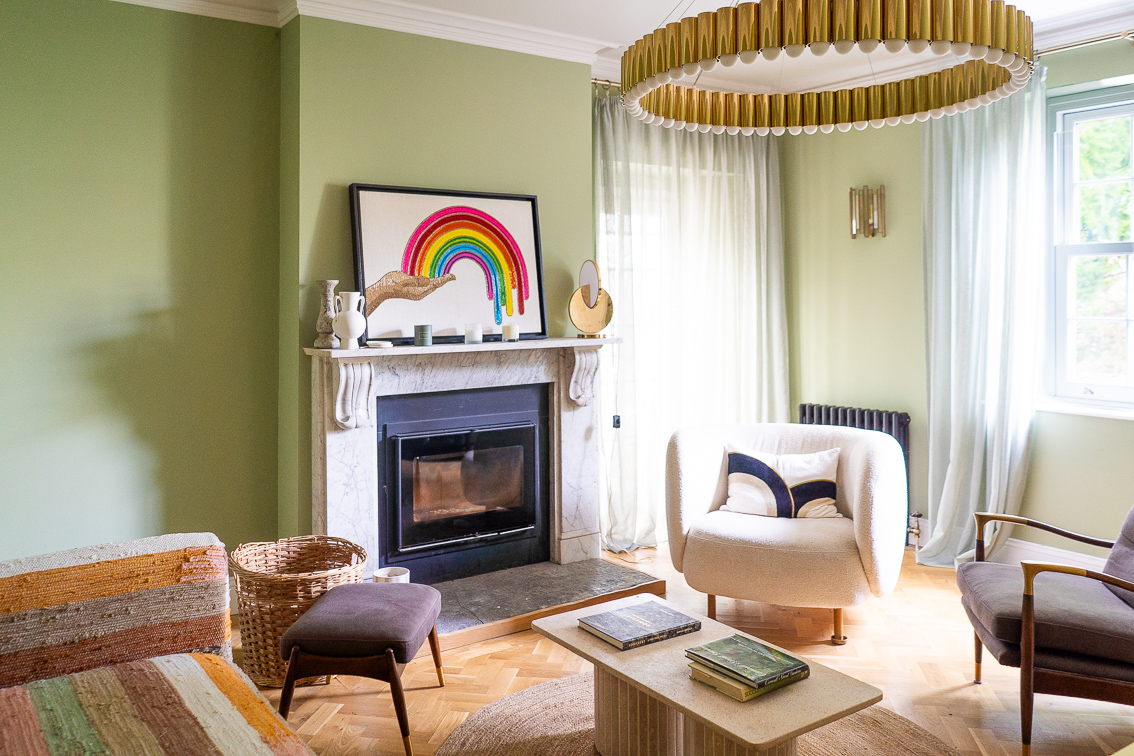 I chose not to follow this key lighting trend – and now get why designers are doing lighting this way
I chose not to follow this key lighting trend – and now get why designers are doing lighting this wayDesigners have been turned off by the idea of the big light, yet I've embraced them in every room in my house. Now, I understand why the mood is shifting
By Pip Rich Published
-
 The whimsical decor trend is taking over – how to channel the playful, out-of-the-box style designers can't get enough of
The whimsical decor trend is taking over – how to channel the playful, out-of-the-box style designers can't get enough ofYour home should make you happy, and whimsical decor is here to help. This is how to get the look down in any space
By Abby Wilson Published
-
 How to create the old money coastal style in your home – one of this year's biggest summer design trends
How to create the old money coastal style in your home – one of this year's biggest summer design trendsUnderstated elegance meets coastal chic – here's how to make it work in any space
By Molly Malsom Published
-
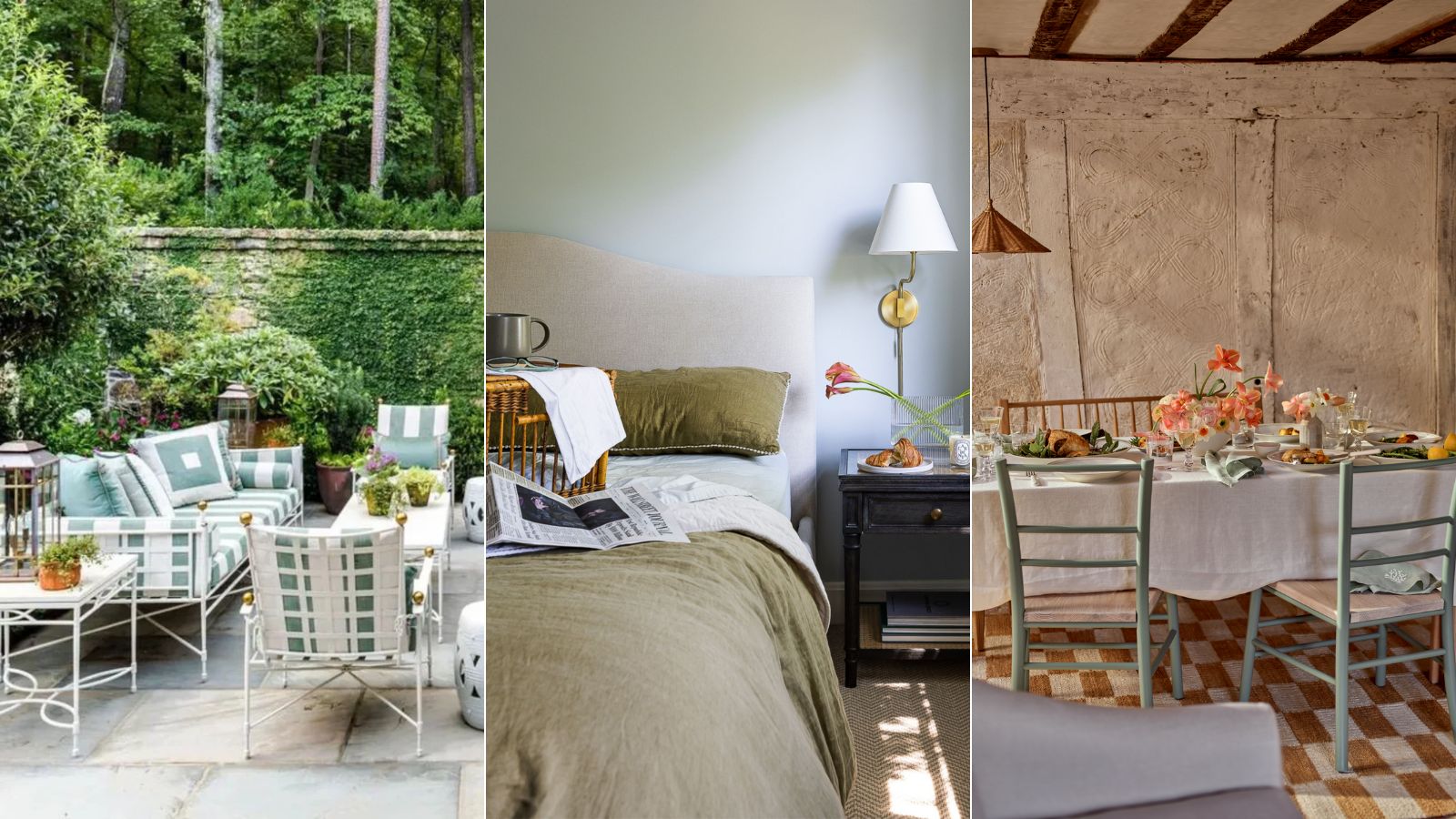 6 summer decor trends from interior designers – to help you update your home for the season in 2024
6 summer decor trends from interior designers – to help you update your home for the season in 2024Breathe new life into your home this summer with these simple tricks from interior designers
By Charlotte Olby Published
